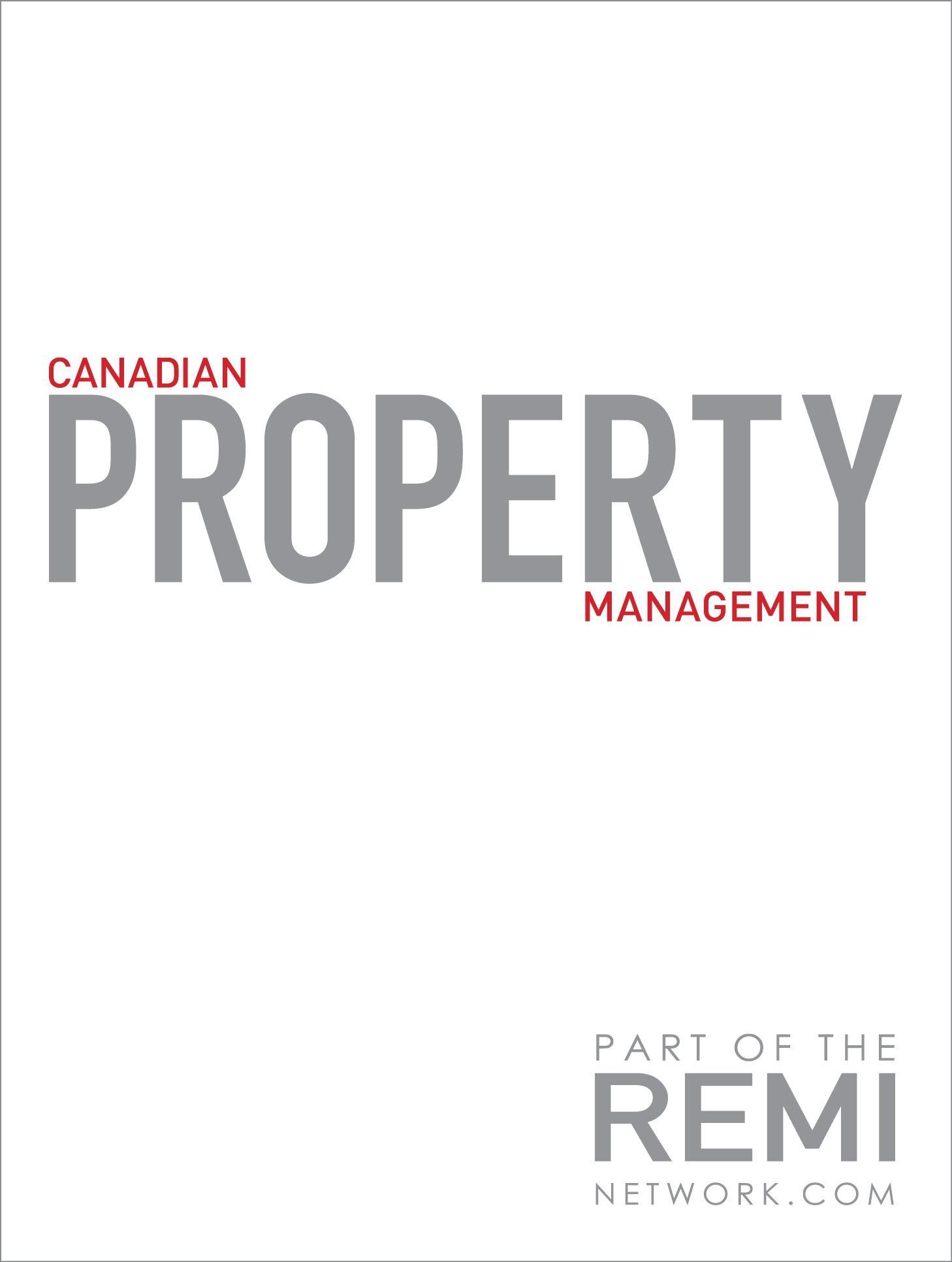Pest Prevention Strategies that Work

Canadian Property Management | May 2023
Ryan Coles, BSc, P.Eng., LCCI | Principal
Building owners in Canada are well aware of the damage pests can cause to the exterior of a structure. In some instances, evasive action must be taken to ensure the damage isn’t too serious. From birds nesting in vents to insects burrowing in wood, being on the lookout for unwanted critters is in the best interest of every property owner, whether its at an office, residence, facility, or heritage home.
“A common issue we see in buildings clad with an Exterior Insulation Finishing System (EIFS) are holes produced by woodpeckers and Northern Flickers,” said Ryan Coles, Principle at RJC Engineers. “While there are EIFS repair strategies available from all the major stucco suppliers, and solutions touted to prevent further openings, going this route means you’re only repairing small sections of the building at a time. A whole building approach would be better, or at the least, that section of wall.”
But holes in the cladding are just one concern when it comes to unwanted guests. Other issues include:
- birds nesting in vents, creating potential fire hazards above and beyond the negative impacts they have to mechanical exhaust function;
- rodents chewing their way through wires and walls, and taking up residence indoors;
- carpenter ants creating passageways through any accessible, moist wood. If you have carpenter ants, you likely have wood rot and bigger issues than ants;
- and in some geographic areas, termite colonies wreaking havoc on the wood structural components of a building, rendering it potentially unsafe.
All pest infestations need to be addressed in a timely manner to preserve the integrity of a building. Furthermore, it is critical to ensure the cause of the infestation is addressed. No one wants a repeat incident on their hands, particularly if it has associated health risks and results in the need for costly repairs.